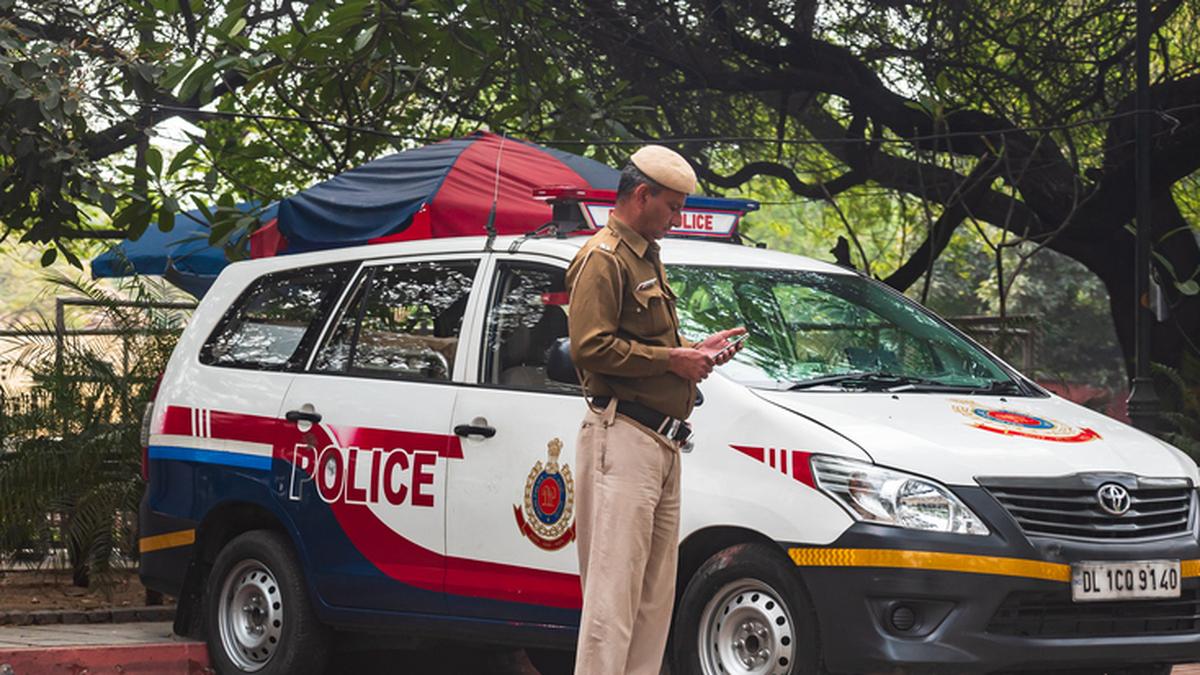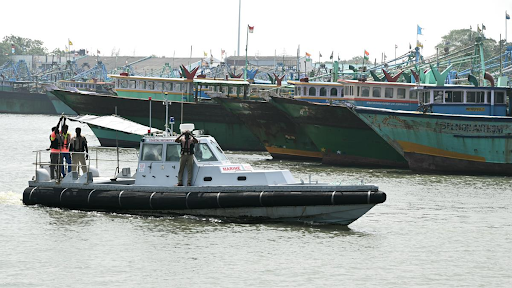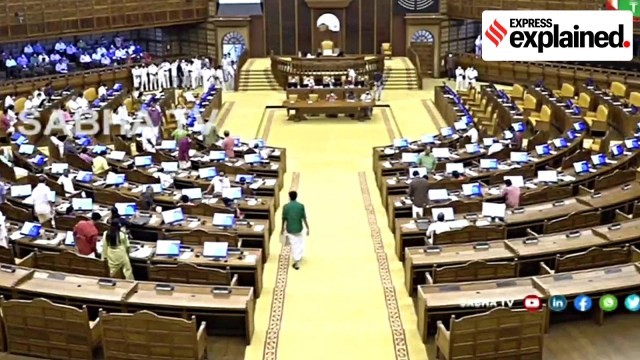




Disclaimer: Copyright infringement not intended.
The NSCN-IM accuses the government of violating the Framework Agreement’s principles, specifically in failing to recognize Nagalim’s 'unique history and sovereign identity.'
The Isak-Muivah faction of the National Socialist Council of Nagaland (NSCN-IM) has issued an ultimatum, warning it may resume violent armed resistance if the Union government does not honour the 2015 Framework Agreement, signed to address the Naga political issue.
The group’s statement also calls for third-party mediation to resolve stalled negotiations, which hinge on NSCN-IM’s demand for a separate Naga flag and constitution.
The Naga insurgency, India's oldest, is aimed at creating a separate homeland of Nagalim that unites parts of India's mountainous northeast with areas of neighbouring Myanmar for ethnic Naga people. About 20,000 people have died in the conflict since it began in 1947.
NSCN (I-M) initially sought an independent nation including present Nagaland, Naga-inhabited areas of Manipur, and parts of Myanmar. Another demand was to integrate Naga-inhabited districts of Manipur with the state of Nagaland under the Indian Constitution.
The Naga Peace Accord is a peace treaty, signed, on 3 August 2015, between the Government of India, and the National Socialist Council of Nagaland (NSCN), to end the insurgency in the state of Nagaland in Northeast India.
The Naga peace talks refer to talks undertaken between the Indian government and the various stakeholders in Nagaland to resolve decades-old disputes. Some of these issues date back to the colonial era.

|
Naga Independence Declared (1947) |
The Naga National Council (NNC), led by Angami Zapu Phizo, declared independence for Nagaland on August 14, 1947. |
|
AFSPA Enacted (1952) |
In response to Phizo's formation of the Naga Federal Government (NFG) and Naga Federal Army (NFA), the Centre sent in the Army and enacted the Armed Forces (Special) Powers Act (AFSPA). |
|
Shillong Accord Signed (1976) |
After years of talks, the Shillong Accord was signed with underground groups, but many top NNC leaders rejected it, citing the lack of Naga sovereignty and forced acceptance of the Indian Constitution. |
|
Split in NNC (1981) |
Isak Chishi Swu, Thuingaleng Muivah, and S S Khaplang split from the NNC and formed the National Socialist Council of Nagaland (NSCN) to continue the armed struggle. |
|
Split in NSCN (1988) |
The NSCN split into two factions: NSCN(IM), led by Isak and Muivah, and NSCN(K), led by Khaplang. NSCN(IM) was dominated by the Tangkhul tribe of Ukhrul, Manipur, and the Sema tribe of Nagaland. |
|
NSCN(IM) Ceasefire (1997) |
The NSCN(IM) entered into a ceasefire with the Indian government, raising hopes for a final settlement. Nearly 100 rounds of talks have taken place since then. |
The Framework Agreement was signed by the government and the Naga leaders in 2015, making it a landmark agreement which is likely to pave way for permanent solution to the age-old Naga problem. Signing of the ‘Framework Agreement’ between GOI and NSCN-IM, on 03 August 2015, is perceived as a step towards restoration of peace in Nagaland in India.
Inclusive Negotiations |
The Centre should engage with all factions and insurgent groups to achieve lasting peace, considering their cultural, historical, and territorial concerns. |
Social and Political Harmony |
Any agreement must promote social and political harmony, economic prosperity, and protection of life and property for all tribes and citizens. |
Decentralization of Powers |
Implement maximum decentralization to tribal heads and minimum centralization at the apex level to facilitate governance and large development projects. |
Greater Autonomy for Naga Areas |
Provide greater autonomy for Naga-inhabited regions, including separate budget allocations focused on cultural preservation and development needs. |
Compromise as a Solution |
Recognize that most armed insurgencies globally conclude in compromises rather than total victory or defeat, emphasizing the need for flexibility. |
READ ABOUT
Source:
|
PRACTICE QUESTION Q.The Naga conflict has been a long-standing issue with complex socio-political and historical dimensions. Discuss the key factors contributing to the Naga insurgency and the role the Indian government can play in addressing the aspirations of the Naga people. (250 words) |





© 2025 iasgyan. All right reserved